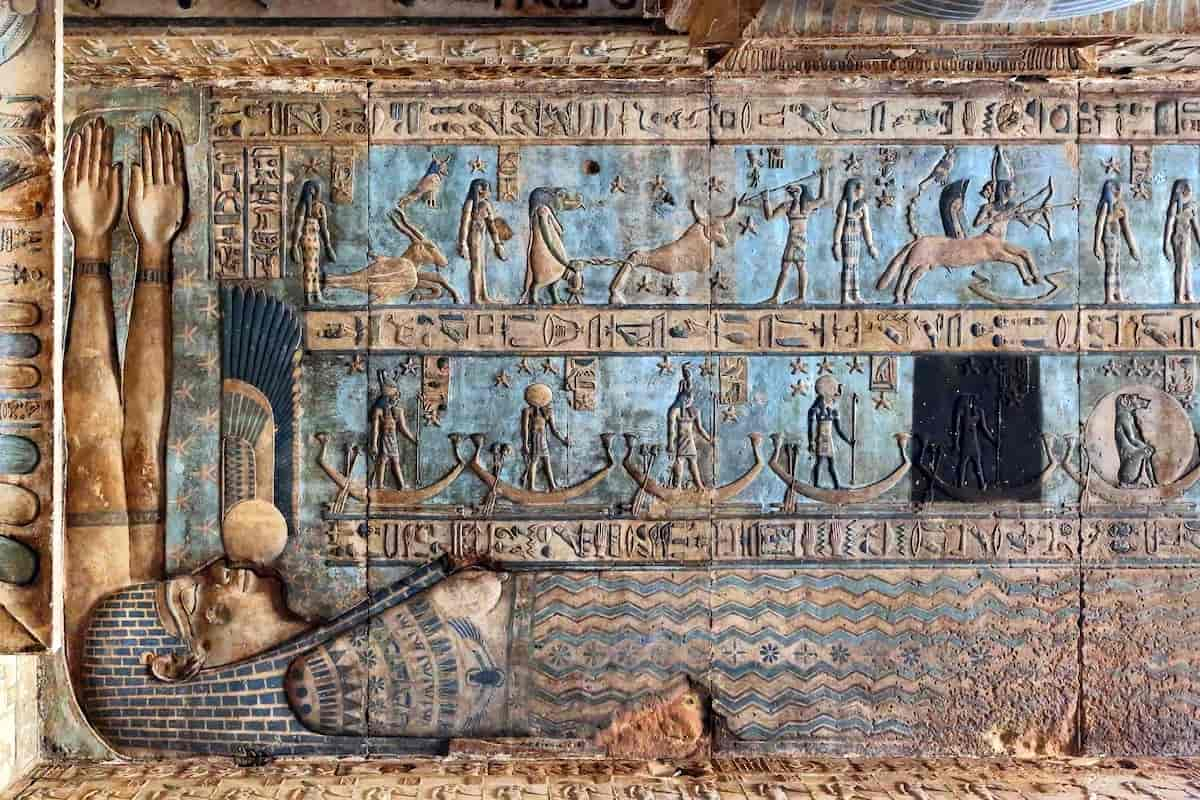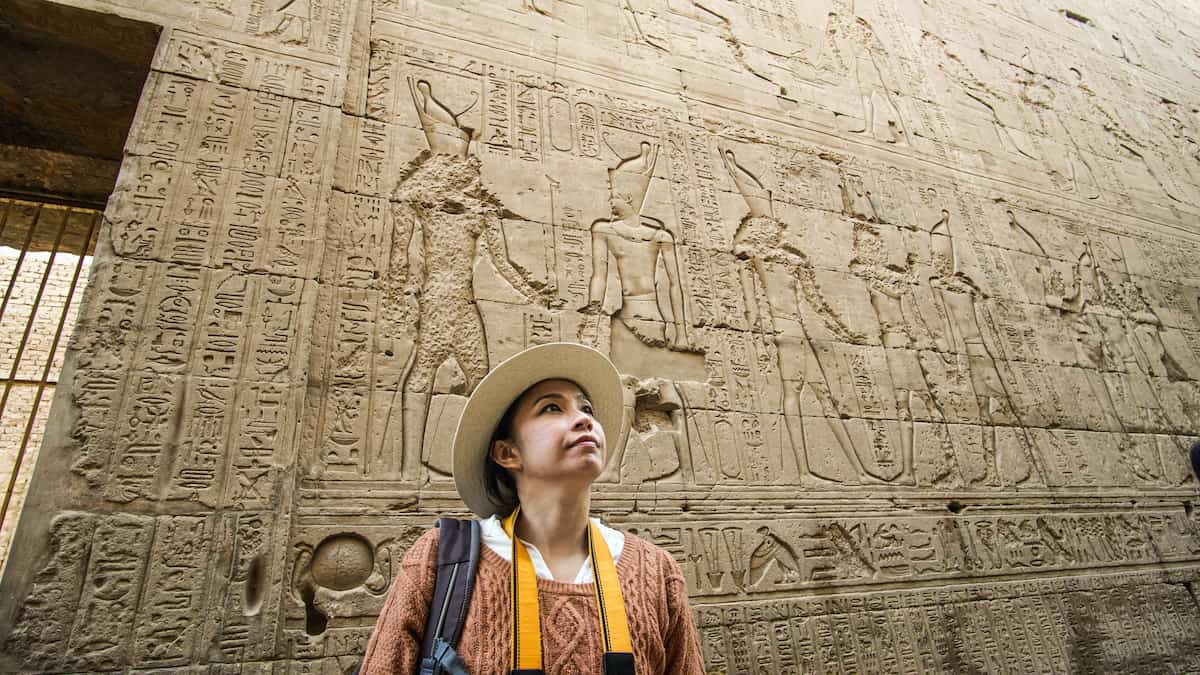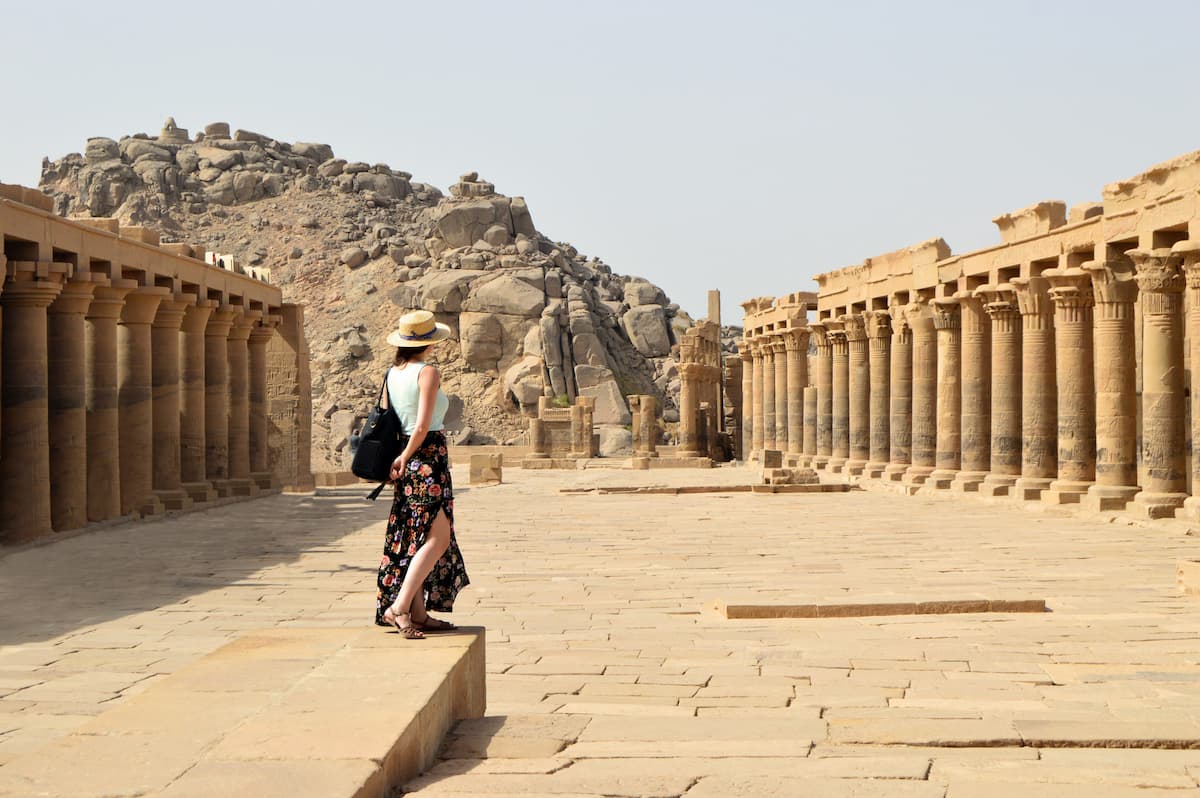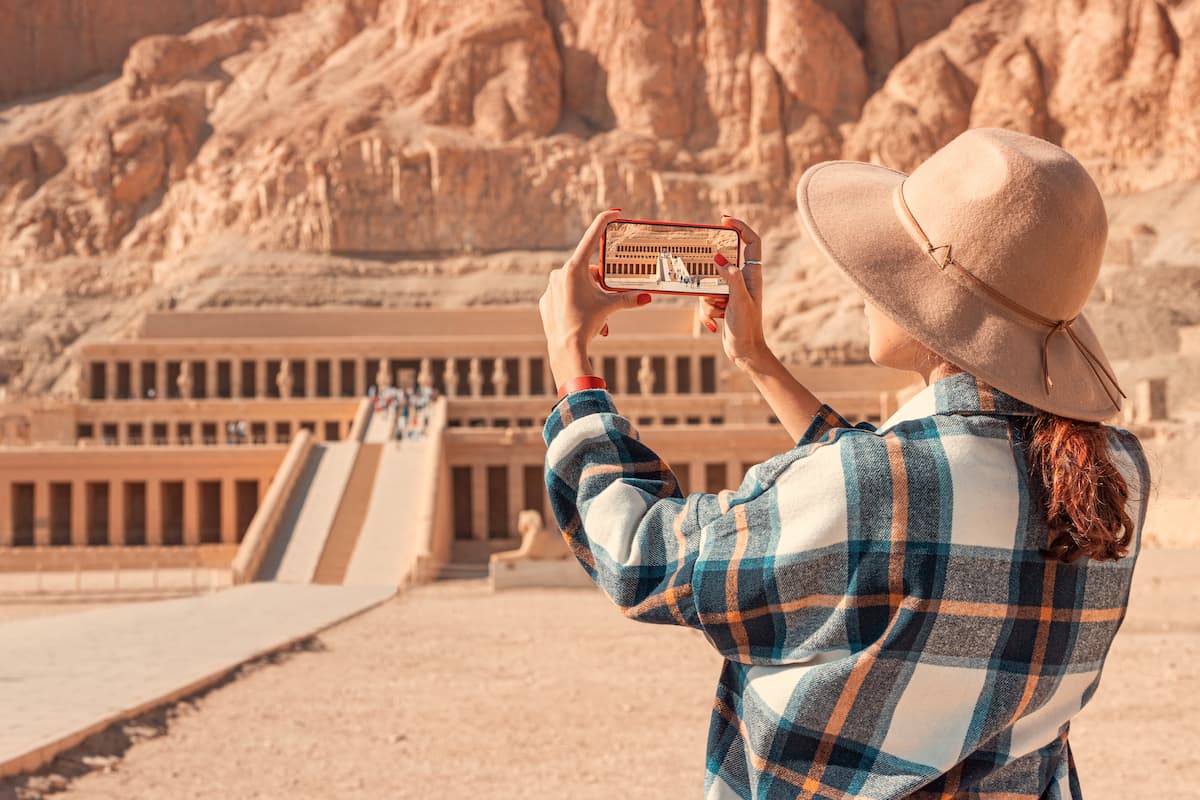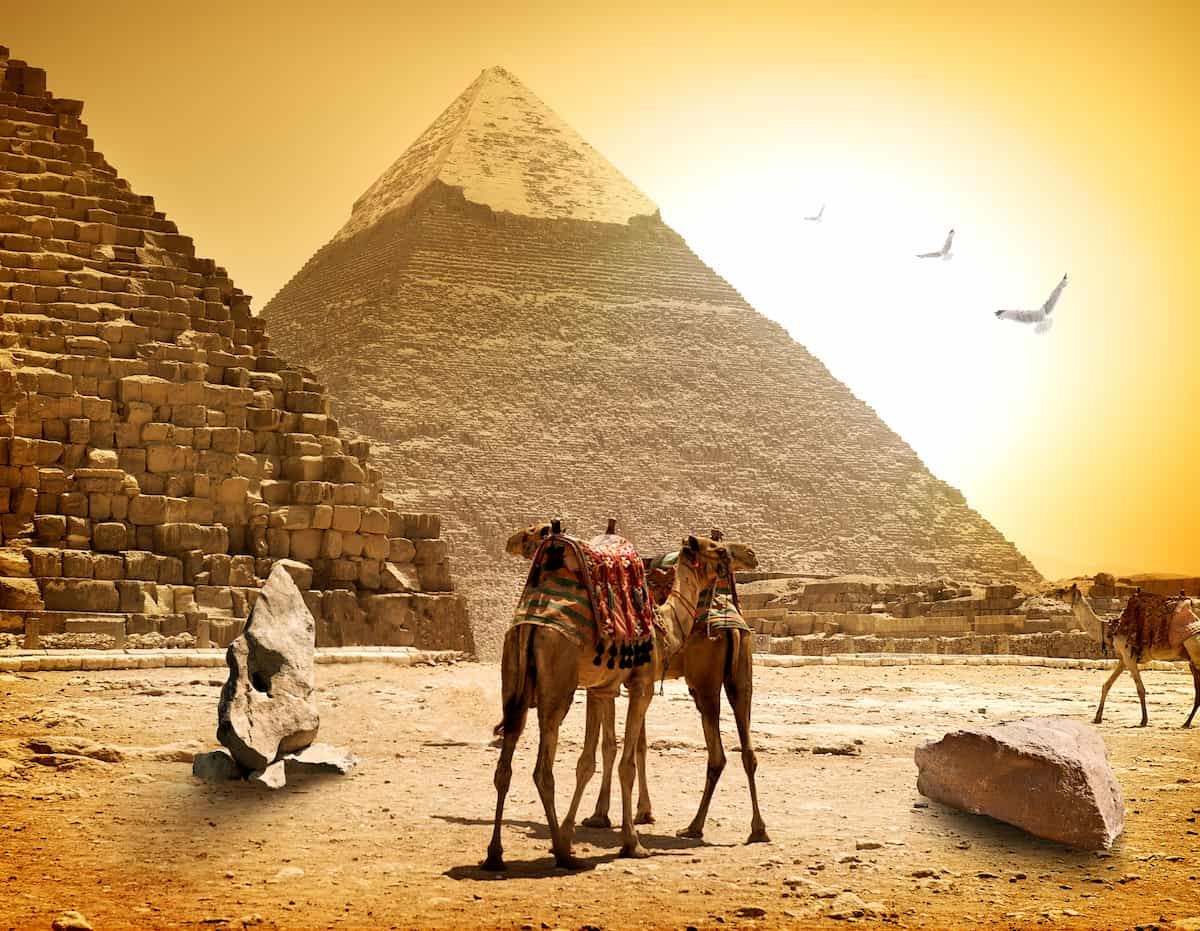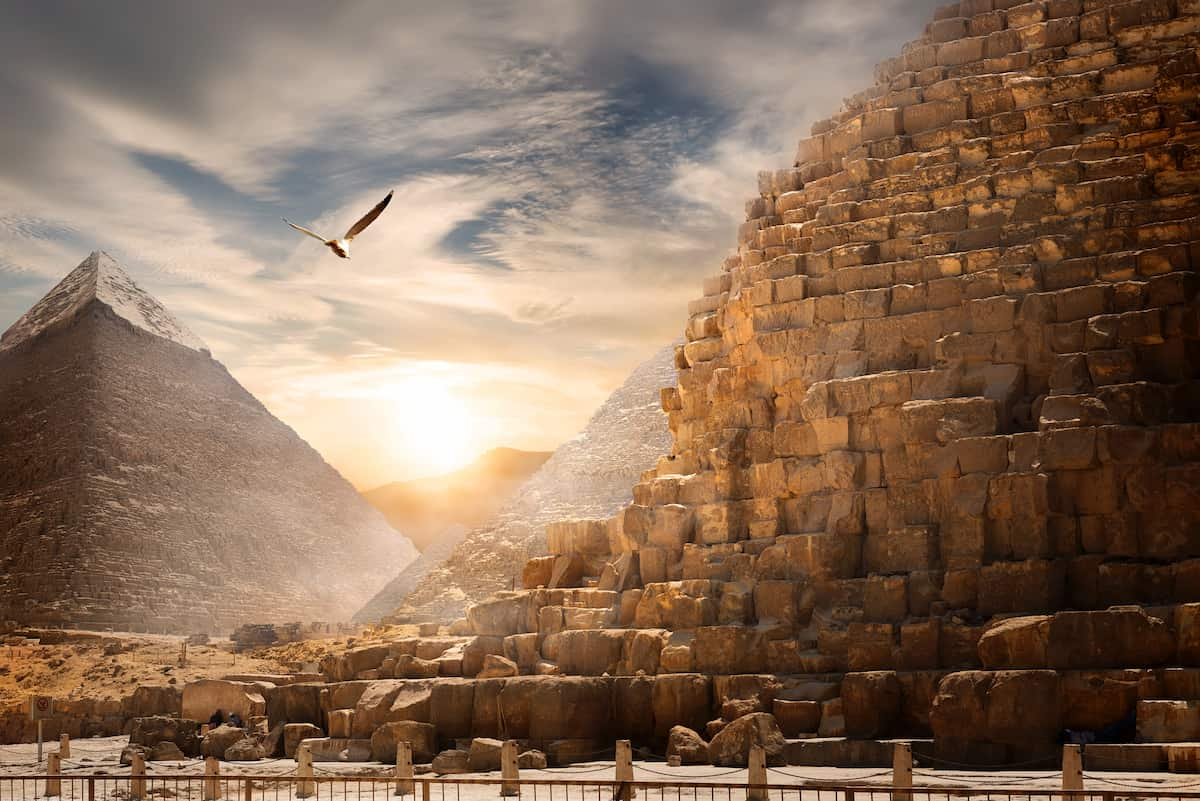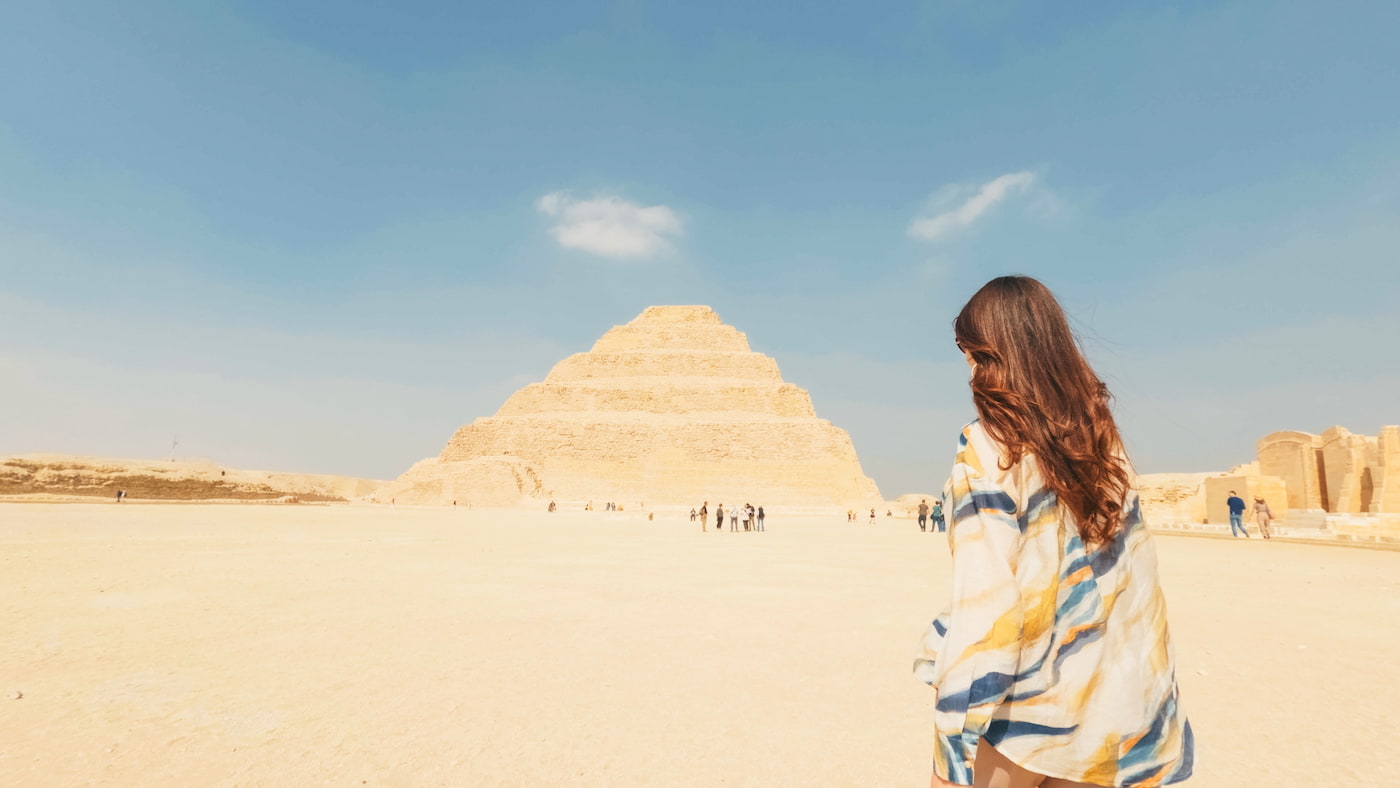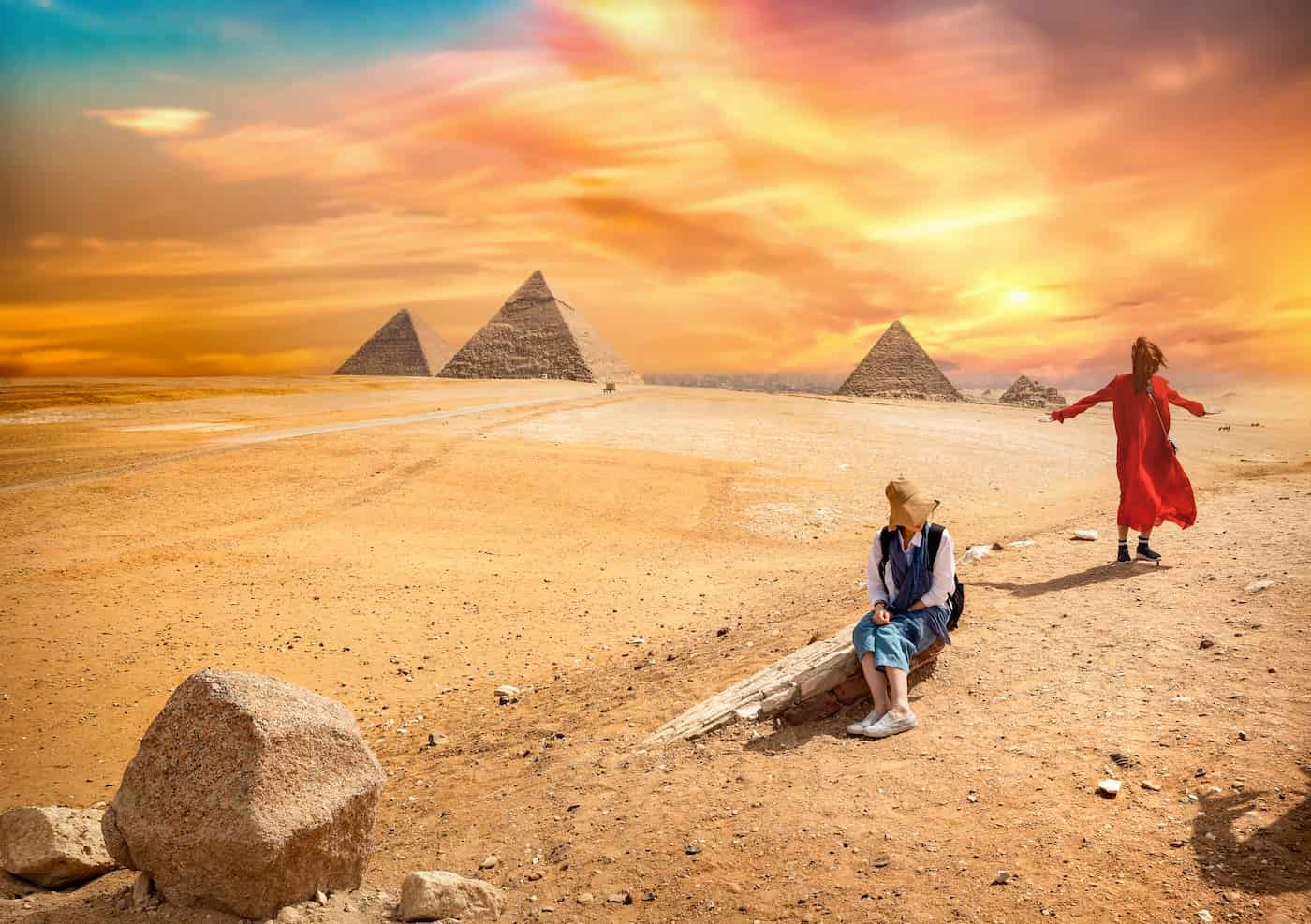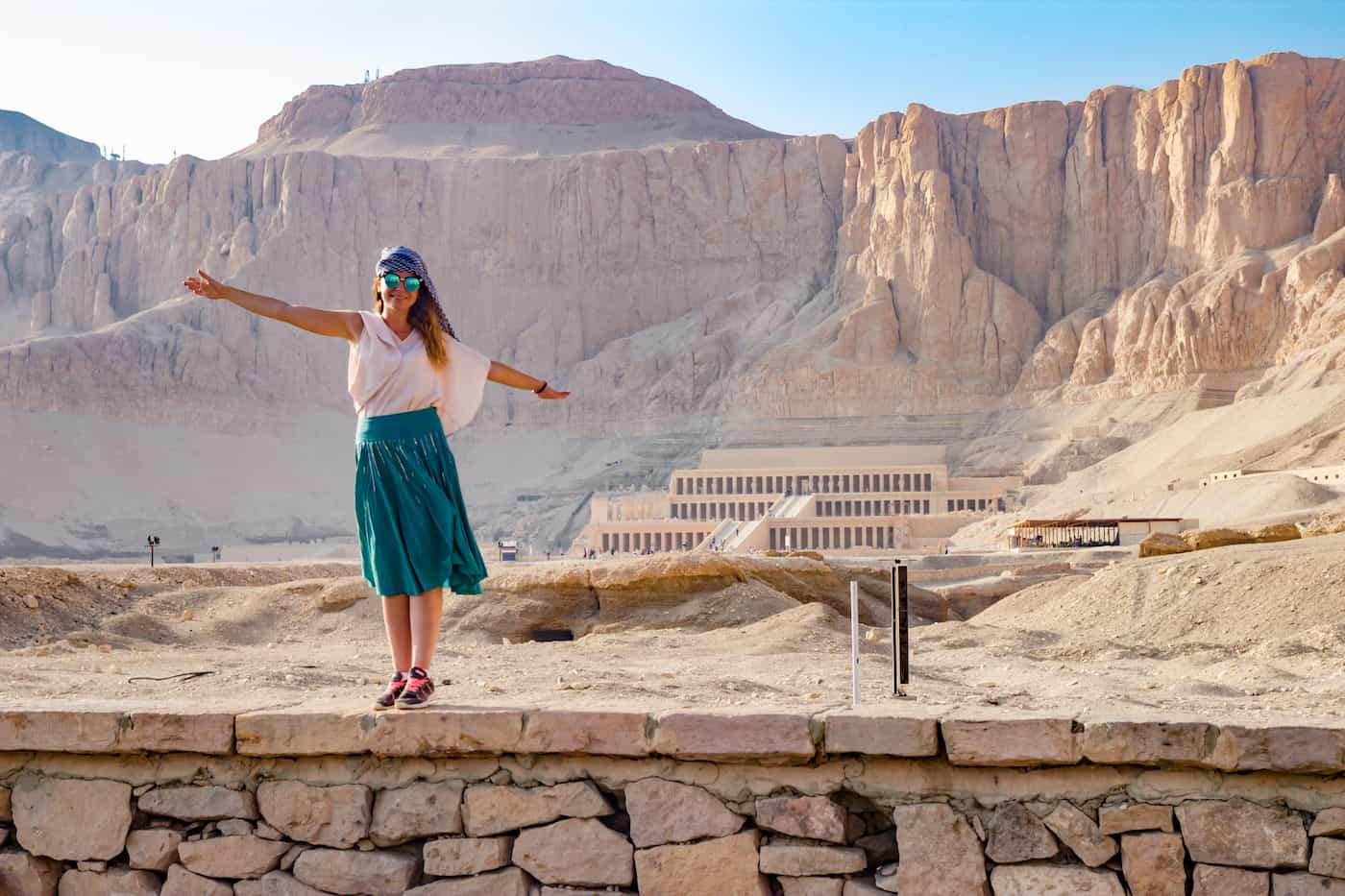Ancient Egyptian Temples and Astronomy: How the Stars Shaped Sacred Architecture
Ancient Egyptian Temples and Astronomy were never just places of worship; rather, they were precise instruments: buildings carved out of stone and aligned with the cosmos. From the exact moment the sun would rise over the horizon, all the way to stars marking the procession north, these stupendous structures were set up in rhythm with the great cosmic dance.
Temple alignments went beyond mere aesthetic considerations, for emphasis was put upon particular horizon phenomena: solstice, equinox, heliacal rising of Sirius, the star sacred in the Ancient Egyptian calendar that announced the annual inundation of the Nile. These were not some random associations with temple orientation: they were deliberate inscriptions of the sacred time in the very fabric of rite, architecture, and hallowed company in honor of the gods and the lifting of Ma’at, the cosmic order.
Through this, it is possible to comprehend the interaction between architecture, astronomy, and religious beliefs through archaeoastronomy, informing that in the Egyptian mind, these were not temples merely built for the sky gods they had to be attributed to the design.
2. Divine Cosmos: Astronomy in Ancient Egyptian Religion
To the ancient Egyptians, Religion, the sky was not just an empty canvas on which celestial bodies moved; it was the stage upon which divine forces expressed their will. Each star was sacred, and some god in the celestial firmament corresponded to each object in the sky. The sun-god Ra traveled across the sky by day and through the land of death during the night; Nut, the sky-goddess, arched herself over the earth to swallow him in the evening and release him again in the morning; Osiris, king of the underworld, was powerfully associated with stars and cycles of rebirth.
In the maintenance of Ma’at, the principle of truth, balance, and cosmic order itself, the heavens played a central role. Time was conceived in Egyptian thought as a sacred flow controlled by celestial events. These events included the heliacal rising of Sirius (Sopdet), the star marking the date when, during its annual reappearance before sunrise, the Nile would flood, and so the Egyptian New Year would be commenced.
These events were not natural phenomena; they were divine communications leading to festivals, agricultural calendars, and temple rites. The stars above Egypt thus ruled Egypt.

3. Temple Alignments with the Sun and Stars
Ancient Egyptian temple design unmasked its grandiosity in that it is preplanned for every existing celestial event. Such is the case of many temples that are not randomly oriented but designed in the junction of the solstice and equinox and the heliacal rising of certain principal stars, which converts the architecture into astronomical instruments.
In planning and construction tasks of the Egyptian temples, celestial phenomena were under the scrupulous scrutiny of all involved parties. In most cases, temples had a definite orientation towards the horizon, wherein the sun on important days would either rise or set and therefore the calendar of the environment where such actions would be conducted would be in full use. The said purpose of building these holy places was twofold; first, it ensured that the temple duties conformed with the cosmic order of creation and were practical in proportion.
Solar and Stellar Alignments in Ancient Egypt: Karnak, Abu Simbel, and the Cosmic Blueprint
The arrangement at Thebes, especially at the temple of Amon at Karnak, is a very good illustration of this line of thought, especially where it is seen that the axis of the temple goes through the middle of the temple and it is in a north-south and west direction. The alignment of the central axis of the temple so that it aligns with the sunrise of the winter solstice is quite impressive. This day is so special for the sun and for the temple that the sun beams pierce right through the corridor of the temple to the far-off inner sanctuary in dramatic cosmic fashion.
Another very splendid example would be the Great Temple of Abu Simbel, which stands in such a position that on February 22 and October 22 every year, sunlight enters the sanctuary and enframes the figures that depict Ramses II, the deities Amun and Ra-Horakhty, while leaving Ptah, the lord of the underworld, in the shadows.
But this mastery of astronomy was not confined to the sun. Several of the temples that were constructed were also oriented towards certain stars, for example, Sirius and Orion, which were associated with the auspicious occasions of the religion and agriculture of the region. Those were not just skilled forms of man-made structures; those were the macrocosmic confirmations that interwove the temple, the ruler, and the stellar arrangement of the gods.

4. Egyptian Star Clocks and Decanal Calendars
Chronologically speaking, we are discussing the Ancient Egyptian timekeeping, wherein daytime was associated with the Sun while the night was governed by the stars. Of the several sophisticated techniques developed by the Egyptians, the most famous was the clock based on stars, called superstar clocks, with all of them being arranged on decan lines. Decans were groups of point-like stars that rose continually on the horizon during roughly ten-day intervals.
The unambiguous action of the decan occurred at cock’s crow each day for ten days, moving or repeating during the year to account for astronomical concerns. The arrangement of decans determined the time of night and also how it in 12-star parts, enabling priests to make careful rituals at the time of stars.
Star Clocks and Decanal Calendars: How Ancient Egyptians Used the Night Sky to Measure Sacred Time
These systems were stored in tables and represented in a star-shaped view with the layout itself in a complete circular form extending 360 degrees. These were sometimes found inside coffins or temple ceilings, for instance. An exemplary instance of this is the one at Abydos in the Osireion, where such astronomical inscriptions allow us to see evidence of the first lunar time systems in Egypt.
Not merely ornamental objects, those star maps took the shape of working instruments in the hands of the priest-astronomers. They helped in the measurement of nighttime hours, monitoring lunar and solar movements as diets and special rituals had properly be done in the temples, as well as serving some high expectations. They made the conduction of ceremonies correspond with the universe, most importantly in the night when the stars depict the journey of the sun under the underworld, where it seems to be sacredly hidden.
The decanal calendar is a great credit to the Egyptian people and their skill in the depiction of the night sky and transformation of interpretation into a time for ritual performance.
🌌 Abydos Temple & the Osireion: Star Maps Beneath the Sand
Journey into the mystical heart of Abydos, where ancient astronomers carved the cosmos into stone. At the hidden Osireion, beneath the Temple of Seti I, you’ll discover star tables and celestial calendars that guided sacred rituals through the night. This site reveals Egypt’s early mastery of stellar timekeeping and the spiritual science of the stars.
5. Temples with Astronomical Ceilings and Symbols
There is a lot of astronomical symbolism in the ancient Egyptian civilization, and one of the most beautiful and perfect examples is the temples of Egypt, which contain ceilings, whose decoration is filled with pictures of constellations, star patterns, astronomical images, and even the celestial navigation of ancient worlds.
🌠 The Dendera Zodiac: Mapping the Heavens in Stone
The most popular of these is the zodiac of Dendera, which adorns the ceiling of the temple of Hathor. This work, which symbolizes the expanded knowledge of the heavens which eclipses the zodiac signs by placing the heavenly bodies around the vault within the decans, planets, and even a grand or group precession of the equinoxes.
The circular zodiac in the pronaos of the temple serves as a yearbook telling one how far back in time the Egyptian and Greco-Roman astronomers went in keeping tabs on the cycles of the cosmos and their spiritual ties as well.
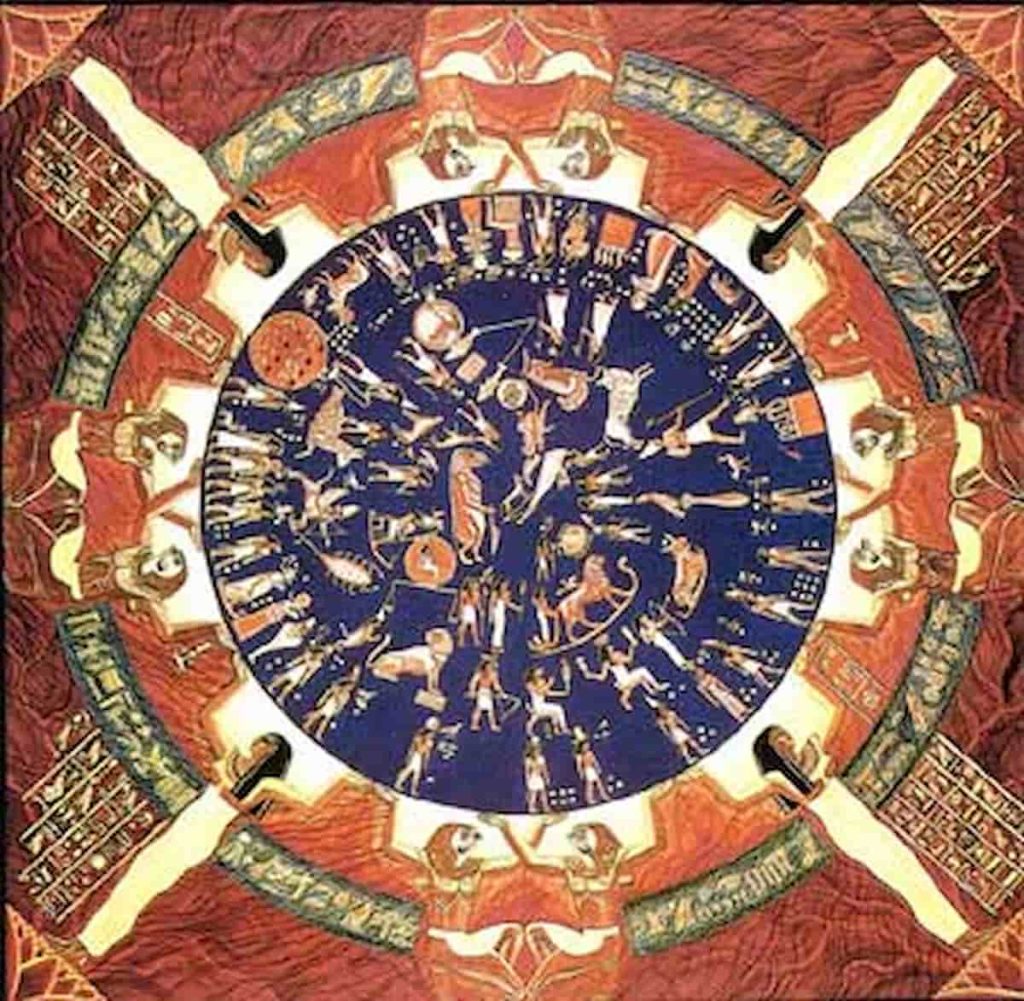
🌌 Abydos and Astronomical Ceilings
In Abydos, more recognizable in locations like the Osireion or the Temple of Seti I, the astronomical aspect of the depiction is available for interested tourists. Walls of Celestial Spheres, decans, stars, registers, and processional vignettes also contained the temple of its alignment with the cosmic accouter of the temple cycle of the stars. These ceilings did not serve merely as embellishments; they represented sacred art that corresponded to the starry sky above Ancient Egyptian Temples and Astronomy.
🦅 The Falcon Portion of the Dendera Zodiac
In the Horus Temple of Edfu, specifically in the areas that include the falcon god, this particular temple contains an abundance of symbolism suggestive of its connection to stellar deities, the nighttime wandering of the sun god, and the protective and destructive features of heavenly bodies. Written material, decorative motifs on the ceiling show the theological belief where star gods, Helios, Haruals, and other deities rode the sky on the solar and lunar barges; each completing a circle by destroying and him older a specific part of Ma’at, reconciling even the anisotropies of the earth with herself.
These patterned ceilings were a microcosm of the heavens that added to the overall cosmic vision. The performance of temple rituals beneath a sky’s carpet form was once the case. Every star, every sign, and every charm bore a relationship between the material men of existence and the gods who governed the laws of the universe.
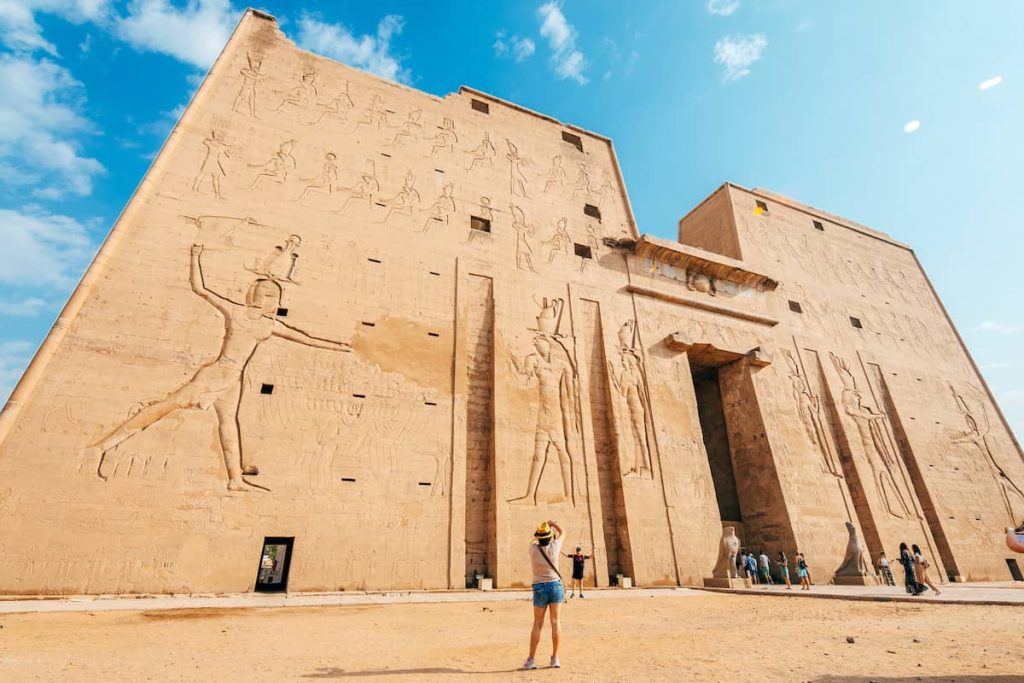
6. Priest-Astronomers and Sacred Timekeeping
In Ancient Egyptian Temples and Astronomy, this function was delegated to a specialist group of narrower specialization, which was the astronomer priests. The tradition of ordained and initiates is central to the temple tradition that also included priests who did so which were representatives of celestial and cosmic powers. These people possessed many important characteristics of priestly duties, including observances; however, they also had the important task of being chronographers. They made the services happen in the most accurate way, sometimes making redesigns as necessary, referring to observations of the sky, using tools especially the merkhet, and other chronological tools to control the timing of the events. They made use of gnomons or shadow casters which helped keep time and marked the day by looking up at the sun; these were based on palm ribs.
Training, Duties, and Observation of Stars From Temple Rooftops.
This discipline not only made the priest-astronomer able to fix times for sacrificing, declaring religious festivals, and managing even daily affairs of the temple with suave exactness but also to go out of the temple to the sky covering most of the time the temple roof and temple top, there was built a wooden structure. From here, priest-astronomers, there will watch the rising of the stars, the stages of the child and the position of the sun at any particular time all inevitably remaining relevant for the observation of the Ma’at Law of the equilibrium. That is how the priest astronomers were trained who acquired astronomical knowledge in addition to theological and ritual duties. And that those functions were included in the concept of ancient Egyptian time-keeping, science and spirituality attached to the celestial bodies.
7. The Mythic Sky: Astronomy in Egyptian Mythology and Iconography
The ancient Egyptian cosmogony was rich with a pantheon of gods, epic tales, and symbolisms embodied into a celestial dome. It is within that system that one finds the most dominant female force, Nut, the sky goddess, who is usually portrayed as stretching over the land with stars scattered all over her form, representing space wrapped around the world. She swallowed the sun each day and gave birth to it the next, thus signifying the eternal interplay of darkness and light.
In the same manner, the Milky Way was identified as the heavenly course of the Nile running in the air in the same way that it flowed out on the earth. It was a method of understanding in which the celestial, or universe, was tied to Egypt’s holy characteristics. The motion of the sun god, Ra, involved travel across heaven by day and the underworld by night in a constant conflict with disorder and preparation for the sunrise next morning, and all such acts were performed in the form of journeys repeated in rituals and temple pictures.
Horus was another example of personified sun and stars, appearing mostly as bird of prey, and the innate connection between the star god worship and the royal rule. Similarly, a number of the ancient Egypt’s constellations also carried legendary explanations, and they were used within festivals and rituals, which proposed those inhabited stars to refuse to be concerned for the religious life of the Egyptians, as would happen to the conveyed sky.
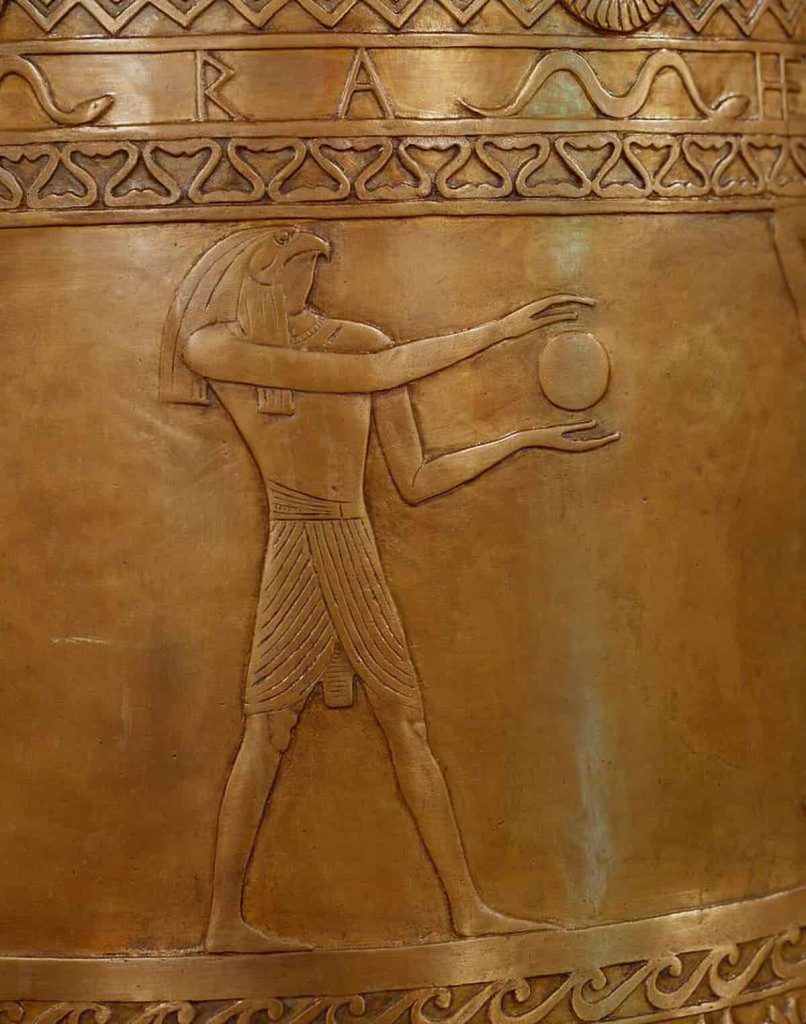
8. Astronomy’s Influence on Daily Temple Life
Ancient Egypt retained a plethora of astronomical knowledge, which was not comprehensively addressed as simply a myth or the studies in architectural achievements. As a result, it had a deep impact on the temple life timetables in existence. The theft of temple treasures was based on the rationalizing of celestial cycles and the main figures, the sun, the moon, and the stars; they determined the life of the liturgical calendar, specifying when rituals were done when the offerings were made, and when the corporal exercises were done.
For example, the appearance of the star Sirius above Egypt and the rituals with which it was blessed in anticipation of the Nile flood signified the entry of the year nil etc. Furthermore, the temporal offering of sacrifices to the gods was done at specific hours that were calculated using star clocks and solar positions. As the night drew near, the sounds of temple like prayers, music or incenses followed and at the same time, some stars and moon came into view.
In this way, the communication channel with immortals was in constant sync with the laws of universe. These practices were also seen as practices in support of Ma’at, the concept of an orderly universe, in which each minute, minute spent inside the temple, is considered to be in the right order communing with the divinity.
9. Modern Discoveries in Archaeoastronomy
Lately, the discipline of archaeoastronomy has gone through an interesting resurgence, due to advances in the technology sphere. At present, they are employing modern technologies like 3D scanning, satellite imagery, or virtual reality to display the sophisticated celestial alignments of some of the Egyptian temples, many of which were not previously apparent. Such aids have enabled an accurate orientation of the architectural constructions concerning the sun and the stars in the well-known places like Karnak and Abu Simbel, as well as proposed new astronomical utilities in previously little-explored energetics with seemingly misguided orientation issues.
This too, there has been more commitment to studying astronomical ceilings, such as those in Dendera and Abydos, with new age techniques to extract their significance and scientific logic. This contemporarily realized discovery continues reiterating the fact that the Ancient Egyptian Temples and Astronomy were not mere places of prayer; they were meticulously planned cosmic machines, accurate to an awe-striking scale of astronomical dimensions.
10. Conclusion: Temples as Engines of Time and Stars
It would be hard to categorize the Ancient Egyptian Temples and Astronomy as merely devoted to worship, as the temple’s structures appear to be more technical than religious, adorned as they are with subtle imperfections and deliberate gridlines. The temples of ancient Egypt were replete with every axis, chamber, and ceiling – every symbol achieved harmony between earth and sky, also invoking Ma’at. Be it a desired bearing towards the sun ray or a star clock; all these religious establishments aimed at integrating how the natural world functioned with religion, consequently, religion with politics.
After being buried for thousands of years, however, that heritage of Ancient Egyptian Temples and Astronomy is not left for the present day in the form of the enduring churches at Karnak and Dendera or the ochre-concerted walls at Abydos. This fascination is not limited to the repertoire of archaeoastronomy historians but extends to the interest of the spiritual circles in the present age. In every sunbeam that is released during the solstice or map of stars imprinted above one’s head, the ancient halls will shout, but this time toned down, that all past externalities have a spiritual undertone regardless of the world around us.

